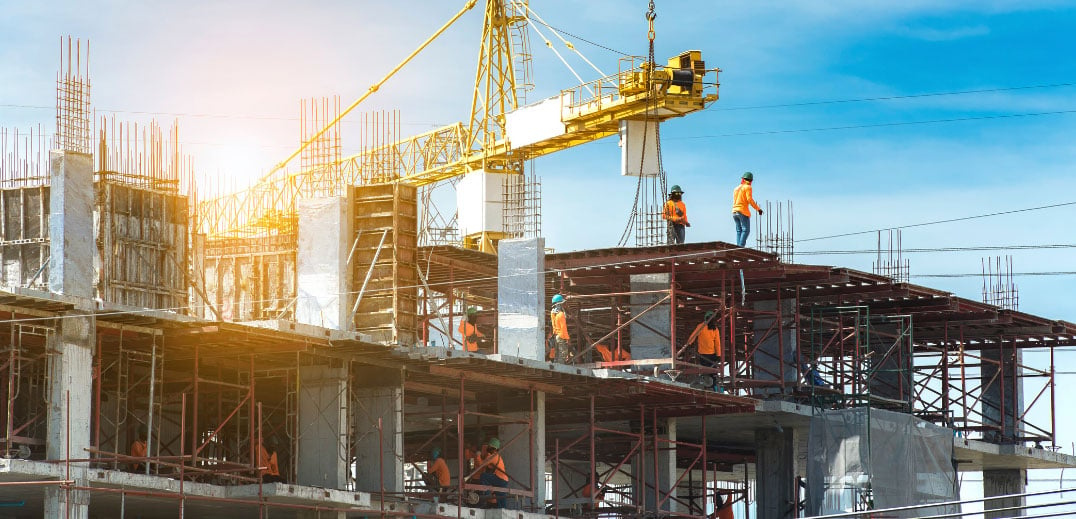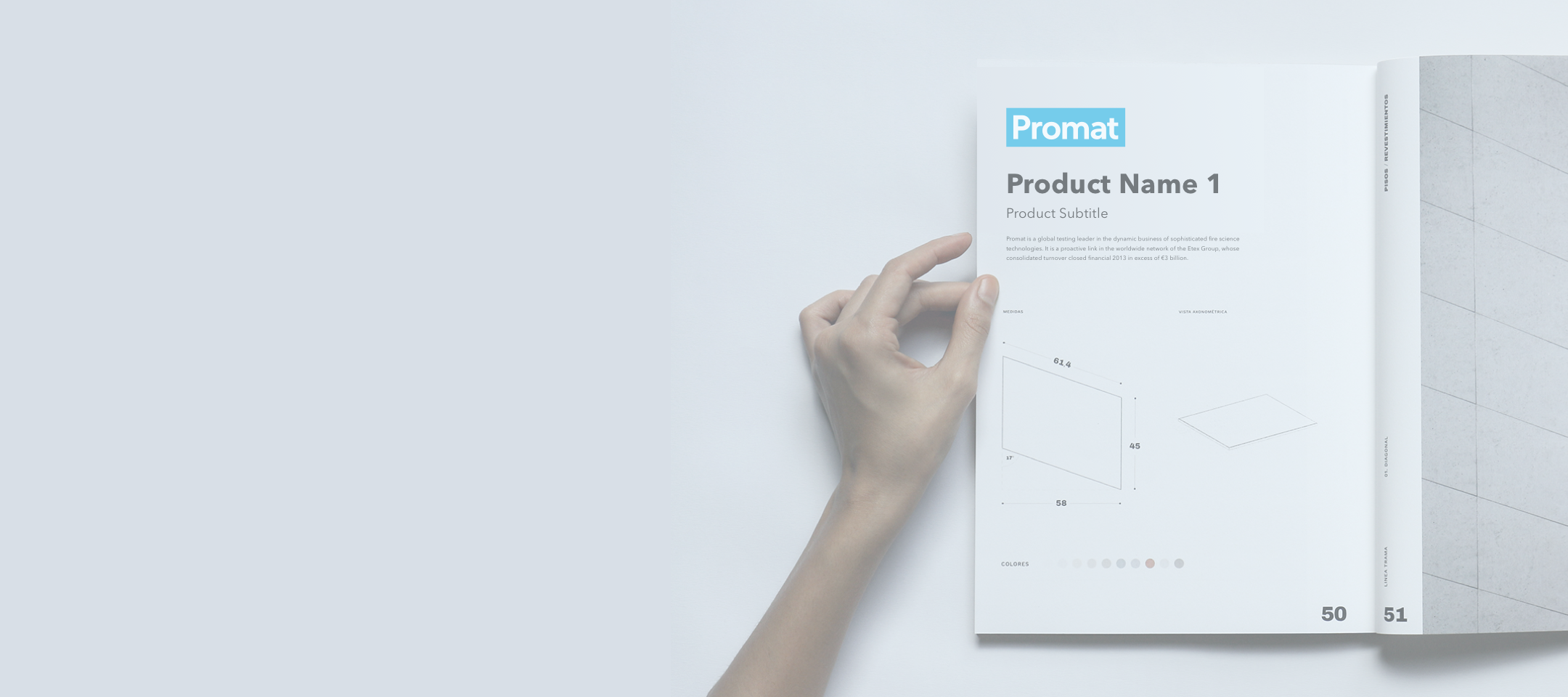
---
What is compartmentation?
Compartmentation is a fundamental fire safety strategy used in building design and construction to limit the spread of fire, smoke, and toxic gases within a structure. It is a highly effective way to protect a building and its occupants, by confining any fire that starts in a pre-defined area or compartment. You can also use this technique to create fire safety corridors or give certain areas of a building extra protection from fire.
How are compartments designed?
Fire compartments are created by applying a continuous layer of passive fire protection to the three-dimensional boundary of a space. This means covering walls, floors and ceilings, and applying special fire protection measures to structural elements and any openings or penetrations for services like pipes, cables, or ducts to maintain compartmentation.
What products or materials should I use?
There are various types of material that can be specified for use in compartmentation to deliver passive fire protection, but it is most important to understand fire ratings. Passive fire protection systems are rated according to the duration, in minutes, of the protection from flames and heat transfer they offer, typically 30, 60, 90, 120 or 240 minutes. This enables fire engineers to specify a complete system that will contain the spread of fire for a certain length of time in line with building regulations, enabling safe and effective evacuation of a building, or emergency services intervention.
To create an effective solution, you must work on the basis that your compartmentation is only as effective as its lowest rated component. So, if you need 120 minutes of fire protection, all the systems used must be rated at a minimum of 120 minutes.
Walls, ceilings and floors
Promat SUPALUX® is an A1 non-Combustible (EN13501-1) reinforced calcium silicate board suitable for use in ceilings, floors, roofs, external and internal walls or partitions.
It is easy to work with and install and a full range of systems are available to achieve fire ratings from 30 – 240 minutes.
Structural elements
For structural steelwork or concrete columns and beams, specialist materials may be required. Promat manufactures a full range of fire protective boards to cover various structural protection applications. These include:
- PROMATECT®250 for the protection of steel structures and mezzanine floors up to 120 minutes
- PROMATECT-XW – a high performance A1, non-combustible fire protection board that gives up to 60 minutes protection to structural steel
- PROMATECT®-H used for the protection of concrete columns and beams
- VERMICULUX-S – an A1 non-combustible calcium silicate board that provides up to 240 minutes fire protection to structural steel
How can I be sure my solution is compliant?
All passive fire protection systems must have valid test evidence, to ensure compliance with the relevant standards. All Promat passive fire protection products are certified by a recognised third-party, as well as meeting the relevant EN fire test standards.
Standard building structures often require fire protection boards on ceilings and walls, that have been tested and certified in that application – making specification more straightforward. More complex buildings can require a bespoke approach, including the support of a fire engineer to ensure compliance with Approved Document B fire regulations, and more recently the Building Safety Act.
Other factors like the type of steel structure may also affect the performance of passive fire protection systems. In this case the application becomes more complex and may require additional technical support to demonstrate compliance.
Technical support
With the introduction of the Building Safety Act there is a greater emphasis on early specification for life safety critical products to ensure compliance. So, it is important to factor in compartmentation, where it is needed, at the early design stage for new build or refurbishment projects,.
Promat technical specialists are on hand to ensure any potential issues are flagged at the design stage and advise on the best course of action.
All of our specification and technical teams are qualified to, or working towards, the IFE Level 3 qualification in Passive Fire Protection. We also offer training courses on the application of our passive fire protection systems, including compartmentation to support competence across the board.

